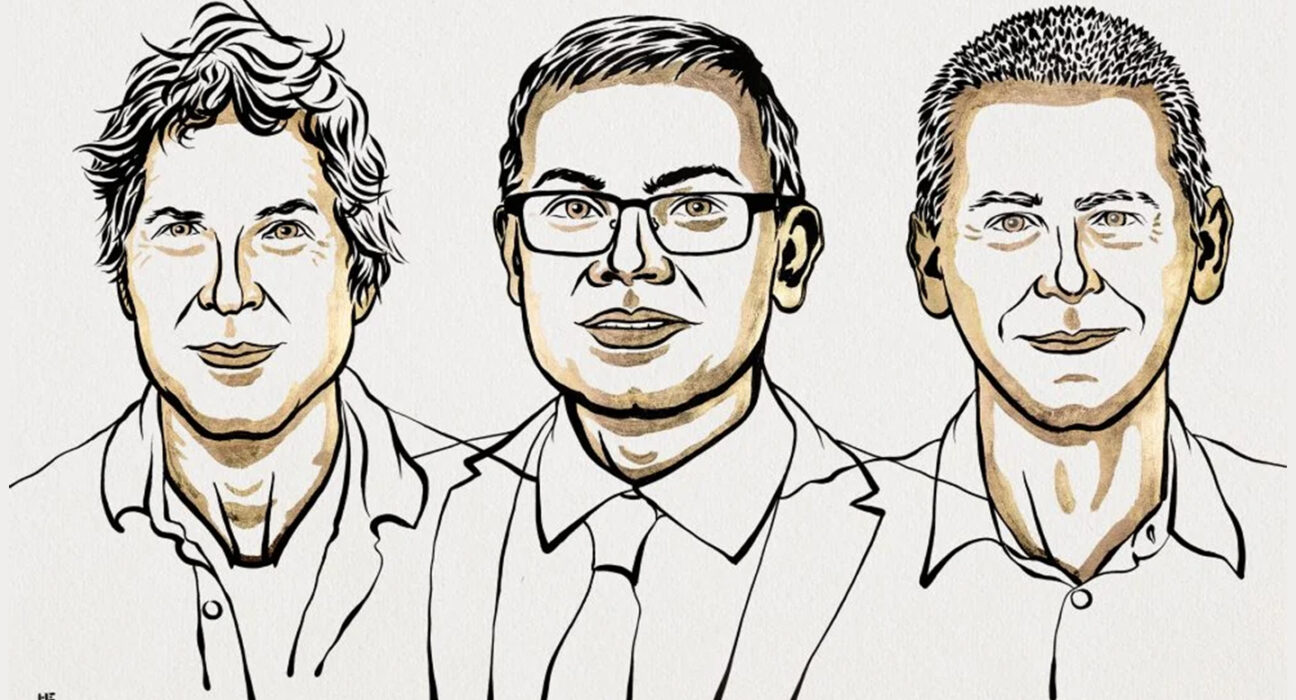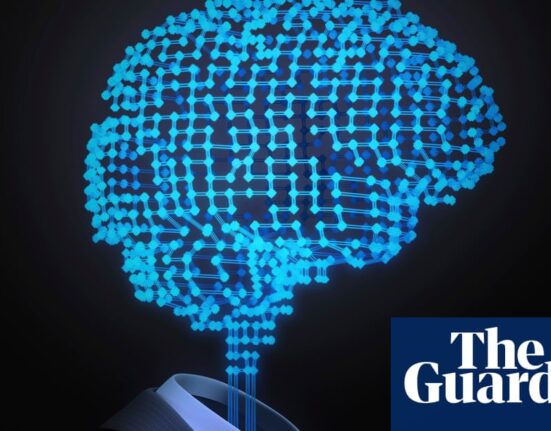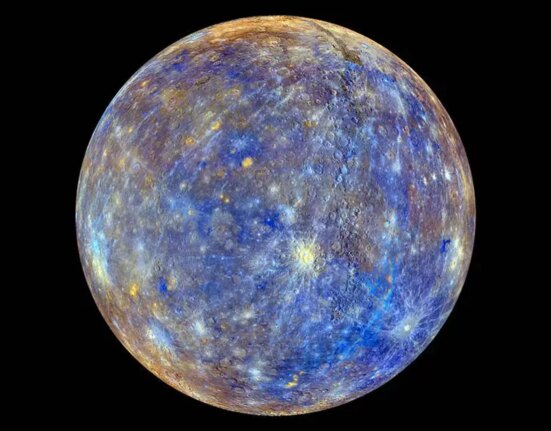3-D: Short for three-dimensional. This term is an adjective for something that has features that can be described in three dimensions — height, width and length.
algorithm: A group of rules or procedures for solving a problem in a series of steps. Algorithms are used in mathematics and in computer programs for figuring out solutions.
align: (noun: alignment) To place or organize things in a patterned order, following an apparent line.
amino acids: Simple molecules that occur naturally in plant and animal tissues and that are the basic building blocks of proteins.
antibodies: Any of a large number of proteins that the body produces from B cells and releases into the blood supply as part of its immune response. The production of antibodies is triggered when the body encounters an antigen, some foreign material. Antibodies then lock onto antigens as a first step in disabling the germs or other foreign substances that were the source of those antigens.
artificial intelligence: A type of knowledge-based decision-making exhibited by machines or computers. The term also refers to the field of study in which scientists try to create machines or computer software capable of intelligent behavior.
biologist: A scientist involved in the study of living things.
cell: (in biology) The smallest structural and functional unit of an organism. Typically too small to see with the unaided eye, it consists of a watery fluid surrounded by a membrane or wall.
chemical: A substance formed from two or more atoms that unite (bond) in a fixed proportion and structure. For example, water is a chemical made when two hydrogen atoms bond to one oxygen atom. Its chemical formula is H2O. Chemical also can be an adjective to describe properties of materials that are the result of various reactions between different compounds.
chemistry: The field of science that deals with the composition, structure and properties of substances and how they interact. Scientists use this knowledge to study unfamiliar substances, to reproduce large quantities of useful substances or to design and create new and useful substances.
computational: Adjective referring to some process that relies on a computer’s analyses.
computer program: A set of instructions that a computer uses to perform some analysis or computation. The writing of these instructions is known as computer programming.
coronavirus: A family of viruses named for the crown-like spikes on their surface (corona means “crown” in Latin). Coronaviruses cause the common cold. The family also includes viruses that cause far more serious infections, including SARS and COVID-19.
crystallography: A field of science that studies crystals, especially their structure and composition.
database: An organized collection of related data.
development: (in engineering) The growth or change of something from an idea to a prototype.
DNA: (short for deoxyribonucleic acid) A long, double-stranded and spiral-shaped molecule inside most living cells that carries genetic instructions. It is built on a backbone of phosphorus, oxygen, and carbon atoms. In all living things, from plants and animals to microbes, these instructions tell cells which molecules to make.
environment: The sum of all of the things that exist around some organism or the process and the condition those things create. Environment may refer to the weather and ecosystem in which some animal lives, or, perhaps, the temperature and humidity (or even the placement of things in the vicinity of an item of interest).
facet: One side of a surface (such as a cut gemstone) or one part (or feature) of something, such as an argument or multi-sided diagram or fold on an origami shape.
infection: A disease that can spread from one organism to another. It’s usually caused by some type of microbe.
microbe: Short for microorganism. A living thing that is too small to see with the unaided eye, including bacteria, some fungi and many other organisms such as amoebas. Most consist of a single cell.
model: A simulation of a real-world event (usually using a computer) that has been developed to predict one or more likely outcomes. Or an individual that is meant to display how something would work in or look on others.
molecule: An electrically neutral group of atoms that represents the smallest possible amount of a chemical compound. Molecules can be made of single types of atoms or of different types. For example, the oxygen in the air is made of two oxygen atoms (O2), but water is made of two hydrogen atoms and one oxygen atom (H2O).
neural network: Also known as a neural net. A computer program designed to manage lots of data and in complex ways. These systems consist of many (perhaps millions) of simple, densely linked connections within a computer. Each connection, or node, can perform a simple operation. One node might be connected to several feeder nodes, which send it data. Several more nodes in another layer sit ready to accept the newly processed data and act upon them in some other way. The general idea of networks was initially patterned loosely on the way nerve cells work in the brain to process signals that lead to thought and learning. Pioneering work in this field was recognized with the 2024 Nobel Prize in physics.
neuron: The main cell type of the nervous system — the brain, spinal column and nerves. These specialized cells transmit information by producing, receiving and conducting electrical signals. Neurons also can transmit signals to other cells with chemical messengers.
neuroscientist: Someone who studies the structure or function of the brain and other parts of the nervous system.
Nobel prize: A prestigious award named after Alfred Nobel. Best known as the inventor of dynamite, Nobel was a wealthy man when he died on December 10, 1896. In his will, Nobel left much of his fortune to create prizes to those who have done their best for humanity in the fields of physics, chemistry, physiology or medicine, literature and peace. Winners receive a medal and large cash award.
physics: The scientific study of the nature and properties of matter and energy. Classical physics is an explanation of the nature and properties of matter and energy that relies on descriptions such as Newton’s laws of motion. Quantum physics, a field of study that emerged later, is a more accurate way of explaining the motions and behavior of matter. A scientist who works in such areas is known as a physicist.
protein: A compound made from one or more long chains of amino acids. Proteins are an essential part of all living organisms. They form the basis of living cells, muscle and tissues; they also do the work inside of cells. Antibodies, hemoglobin and enzymes are all examples of proteins. Medicines frequently work by latching onto proteins.
SARS-CoV-2: A coronavirus that emerged in Wuhan, China, in late December 2019. It would go on to cause widespread — and sometimes lethal — disease throughout China and many other nations. Its name reflects its close similarity to the original coronavirus known as SARS (for severe acute respiratory syndrome). That SARS virus sparked a global outbreak of disease in 2003.
sequence: The precise order of related things within some series. (in genetics) n. The precise order of the nucleotides within a gene. (v.) To figure out the precise order of the nucleotides making up a gene.
software: The mathematical instructions that direct a computer’s hardware, including its processor, to perform certain operations.
strategy: A thoughtful and clever plan for achieving some difficult or challenging goal.
tool: An object that a person or other animal makes or obtains and then uses to carry out some purpose such as reaching food, defending itself or grooming.
trove: A collection of valuable things.
X-ray: A type of radiation analogous to gamma rays, but having somewhat lower energy.













